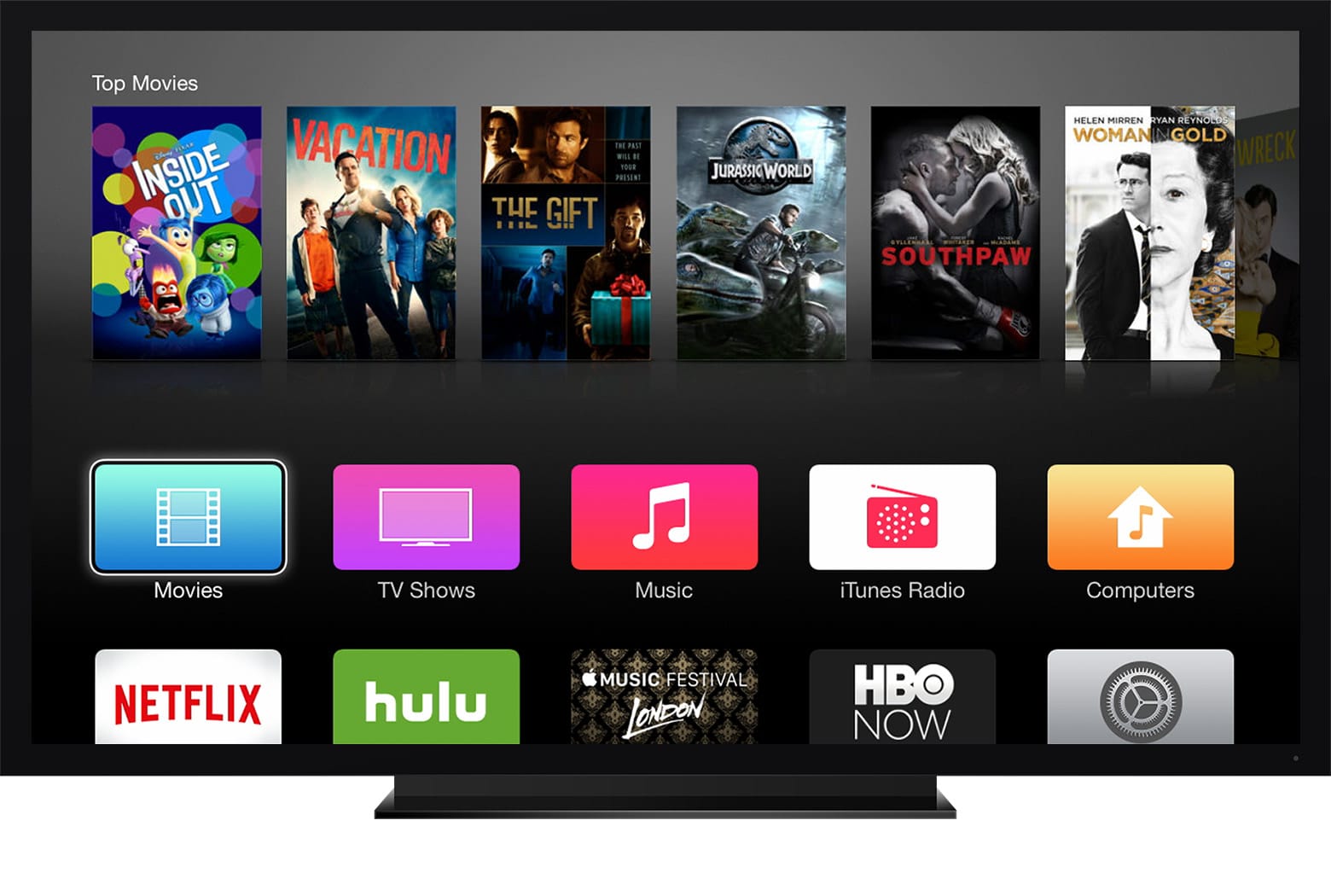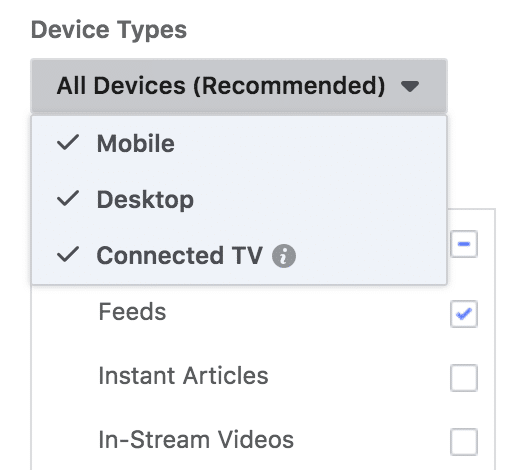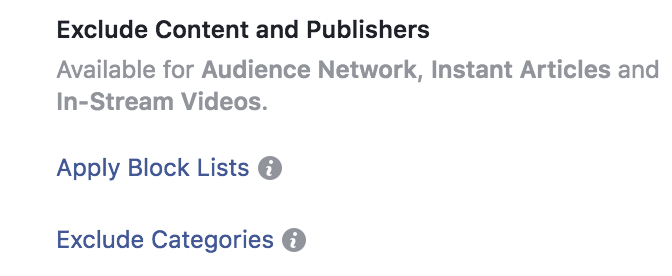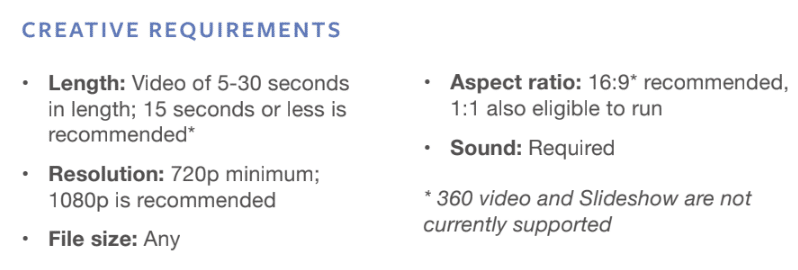For years digital advertisers have fantasized over the amalgamation of social media and TV advertising. Wouldn’t it be great, they mused, if we could harness the power of Facebook’s superior ad targeting and measurement capabilities in TV commercials? This once seemingly implausible hybrid is now a reality, thanks to Facebook’s product update. Recently, Facebook added connected TV on its list of placement options, allowing advertisers to serve video ads to users’ TV screens. The best Facebook ad agency will not hesitate to jump to advertise on this new platform.

Table of Contents
What Is Connected TV?
Connected TV, also known as a smart TV, uses the internet to access content that is not included in a user’s cable package; for example, content from OTT (over-the-top) services such as Netflix, HBO Go, Hulu, and Amazon. The types of connected TV that currently exist include Apple TV, Roku, Samsung, and Amazon Fire TV. Connected TV is particularly popular among viewers who prefer to stream their shows and movies. For some who prefer to only subscribe to OTT services, connected TV provides an inexpensive alternative to cable packages.

What You Need to Know About Facebook’s Connected TV Ads?
When advertisers choose connected TV as their placement option, their ads will appear within the apps of Facebook’s Audience Network partners such as A&E, Lifetime, and History. Although Facebook has a Facebook TV app, which saves and plays videos users post to its platform, Facebook’s connected TV ads will not appear in Facebook’s TV app.
To run a connected TV ad, advertisers must choose either the video views, brand awareness, or engagement objectives. They must then either choose Automatic Placements or Edit Placements. If the latter, they must check the devices connected TV and mobile with the placement option Audience Network.
Advertisers may feel apprehensive about the type of content their ads will appear in. An advertiser may not want her brand dedicated to veganism to appear in a show about meat eating. Or a business owner selling children’s apparel may not want his ads to appear within an episode of Game of Thrones. Advertisers who worry about brand safety can use Facebook’s category blocking and block lists to prevent ads from appearing in content that could jeopardize their brands’ images.

The new connected TV placement option is currently a test only available in the US. Although available in that country, the placement, because it’s still a test, may not be available to all advertisers. The advertisers to whom it is available can place their videos on connected TVs in the form of in-stream video ads, ads that appear before or during a video. Because the video ads are in-stream, advertisers must ensure that their videos run 15 seconds at most. Additionally, they must comply with Facebook’s ad specs and creative requirements, including a resolution of 1080 pixels at the maximum and an aspect ratio of 16:9.

Announcements that Facebook will allow ad placement to connected TVs first hit headlines in 2016 when Facebook revealed ads will appear in Apple TV and Roku. However, the placement was not yet available to advertisers during that time.
The Benefits of Connected TV Ads
With Facebook’s connected TV ads, advertisers can bring Facebook’s measurement and targeting tools to TV advertising. As they would with regular Facebook ads, advertisers use Facebook’s targeting options to target their desired viewers. Facebook will then attempt to match the targeted viewer in the house with the connected TV. After advertisers run the ad, they will receive a report called Connected TV for all standard video metrics available, such as impressions, in their Business Managers. This report is accessible by choosing placement and device when breaking down results.
Additionally, with connected TV ads, advertisers can target an attentive lean-back audience comprised of viewers most likely to watch the video in its entirety. These viewers are most likely sitting on their couches, waiting for the ad to finish and their shows to resume.
Connected TV: An Alternative to News Feed
During the past two years, Facebook has been exploring placement options outside of News Feed. Before connected TV, Facebook opened advertising to Instagram Stories, Watch, live videos, Marketplace, Messenger home, and Audience Network. These efforts came after it became apparent to the social media company that News Feed is becoming overpopulated and cluttered, resulting in higher bids for ad spots and more distractions from the coveted users’ attentions. The new placement, connected TV, will hopefully free up ad space.
Interested in learning more about Facebook Advertising? Drop us a line to get in touch with us – contact.
